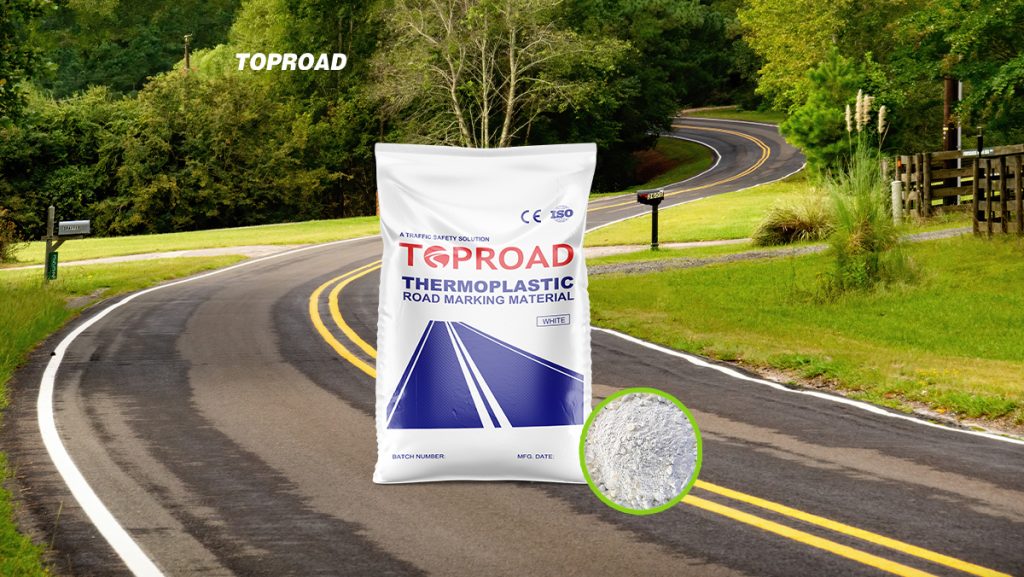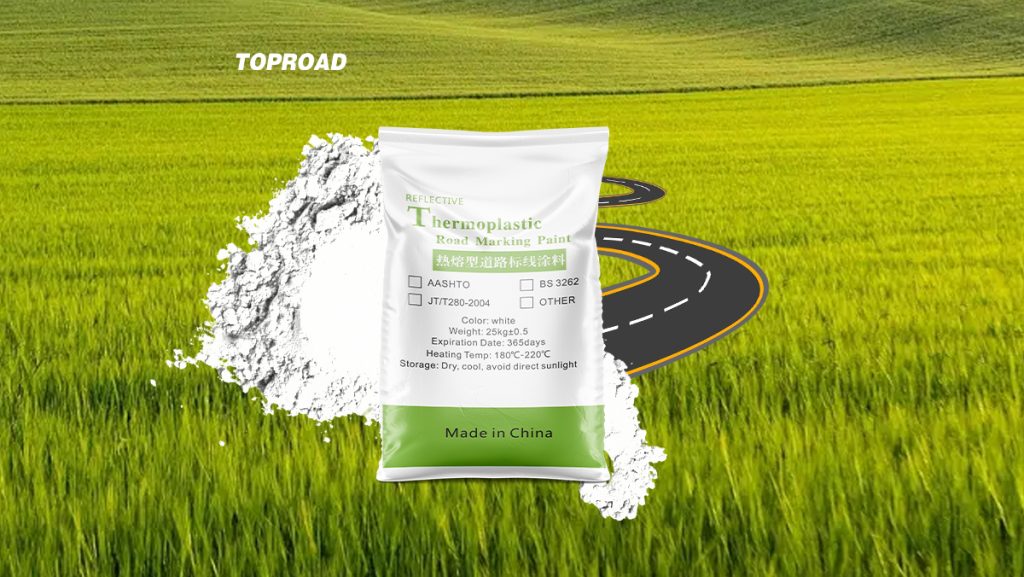Road Marking Paint and Machine Manufacturer
+86-15668659958
Road Marking Paint and Machine Manufacturer
+86-15668659958
Introduction
Thermoplastic road marking paint, a durable and high-performance material, has become a cornerstone of modern traffic management systems. Composed of thermoplastic polymers, pigments, fillers, and additives, this material is widely used for road markings due to its rapid curing time, longevity, and visibility. This article explores the composition, applications, benefits, and recent advancements in thermoplastic road marking technology.

1. Composition of Thermoplastic Marking Paint
Thermoplastic coatings are solid at room temperature but transition into a molten state when heated to 180–220°C (356–428°F). Key components include:
The precise formulation varies depending on climate, traffic volume, and regulatory requirements.
2. Applications
Thermoplastic markings are favored for their versatility:
Their quick-drying nature (solidifying within minutes) minimizes traffic disruption during application.

3. Advantages Over Alternative Materials

4. Challenges and Limitations
5. Innovations in Thermoplastic Technology
Recent advancements address traditional limitations:

6. Future Outlook
As cities prioritize smart infrastructure and sustainability, thermoplastic road markings will evolve to integrate IoT-enabled features, such as embedded sensors for real-time traffic monitoring. Meanwhile, advancements in material science aim to reduce carbon footprints while enhancing performance.
Conclusion
Thermoplastic road marking paint remains indispensable for modern transportation systems, balancing durability, safety, and efficiency. Ongoing innovations promise to expand its role in creating smarter, greener urban landscapes. By addressing energy and environmental concerns, this technology will continue to shape the future of road safety and infrastructure design.

Our company is a professional manufacturer of road hot-melt coatings and road glass beads. If you are interested, please feel free to contact me via email at any time export@toproadtraffic.com
